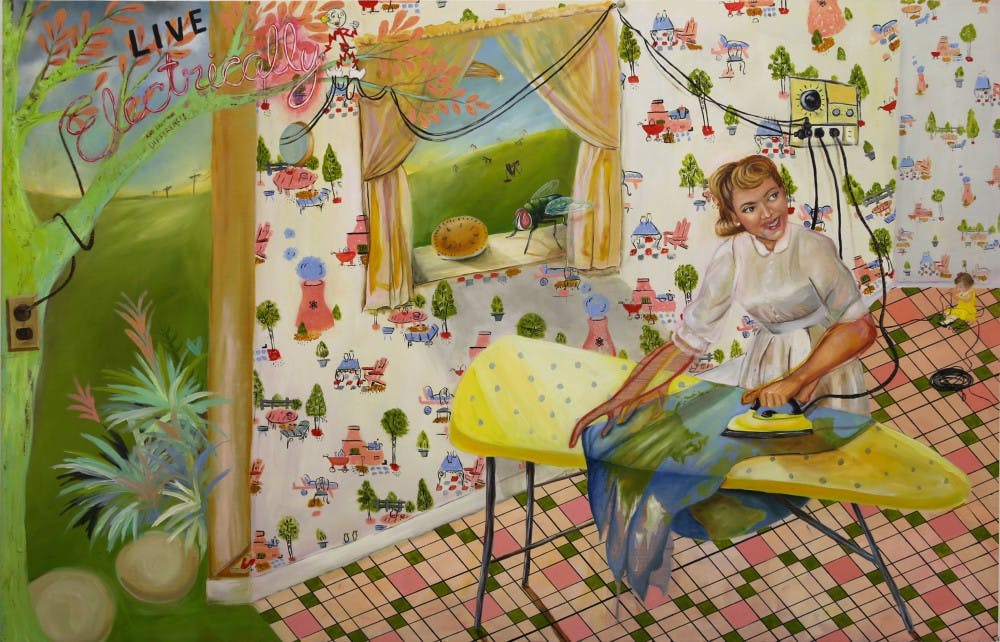UNC’s Master of Fine Arts students are currently putting their talents on display through a series of thesis shows at the John and June Allcott Gallery.
The University's MFA program lasts two years. During the second year, each student has a week-long exhibition for their thesis project. Art history professor Katherine Guinness has worked closely with the MFA students throughout the process of developing their thesis shows.
"They teach classes during that time, they have intense meetings with teachers and classmates in their studio space, take classes themselves, they show their work to fellow students and teachers to have it critiqued several times a year — they also have visiting artists and teachers critique their work,” Guinness said. “That is a lot of focus — and so they grow as students and artists in amazing ways really quickly.”
Carley Zarzeka was the first of seven students to have their work displayed.
In her exhibition, which was on display from Feb. 26 to Mar. 2, Zarzeka was inspired by architecture — specifically the American subdivision and infrastructure.
“The show itself is a lot about the standardization of building materials, and the domestic sphere, and how we see common everyday objects, but don’t ever actually look at them,” Zarzeka said. “So, repositioning them in a way to see them out of context, but as new objects.”
Guinness said that although Zarzeka has had immense growth throughout her time at UNC and in the MFA program, her progression has not always been strictly linear.
“Carley’s show had pieces from the beginning of her time at UNC, and then some pieces she had made almost the week of the show,” Guinness said. “Her work, especially, is so interesting in how it builds on itself — she might take a piece from an old work and put it in an entirely new work. She builds and builds that way, and it makes her process very interesting, but hard to track progressively.”
Fellow MFA student Brittany Anderson, whose show is being displayed April 9-12, was also inspired by architecture in her exhibition.



